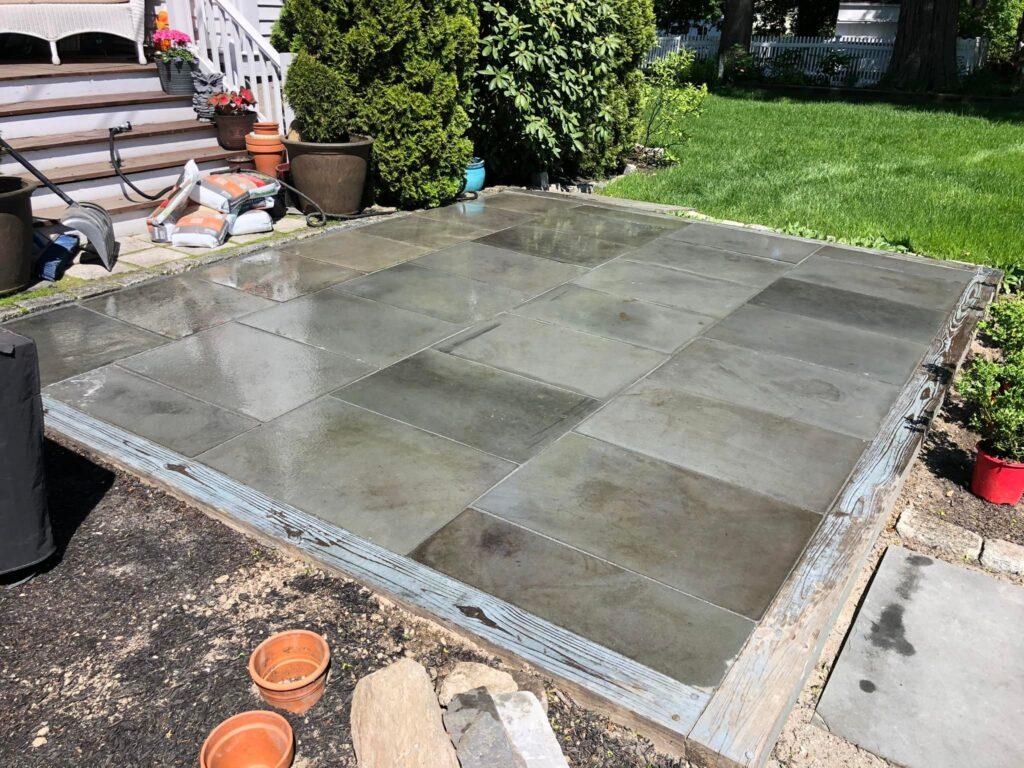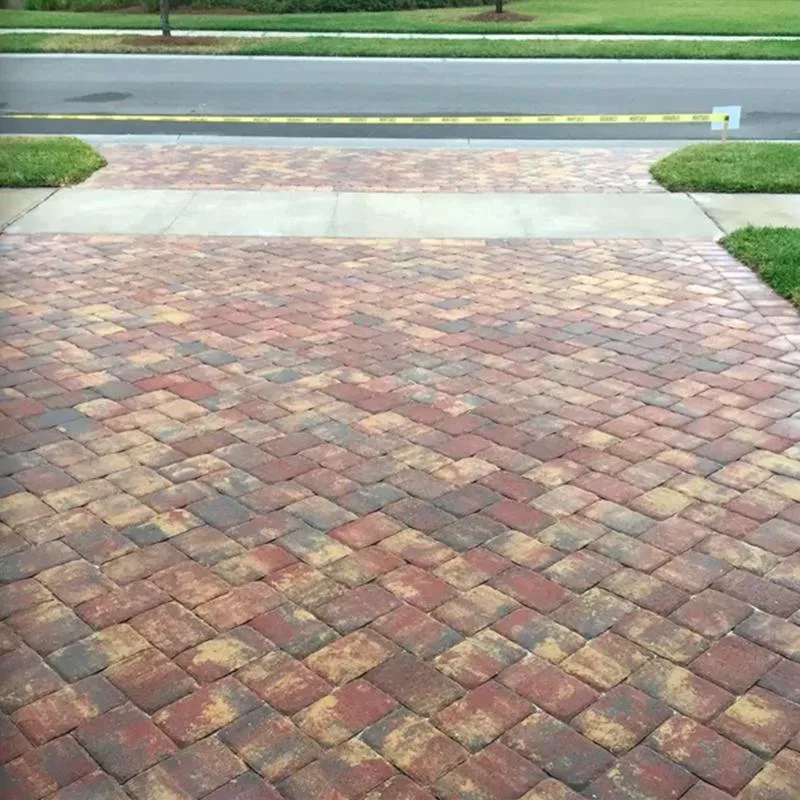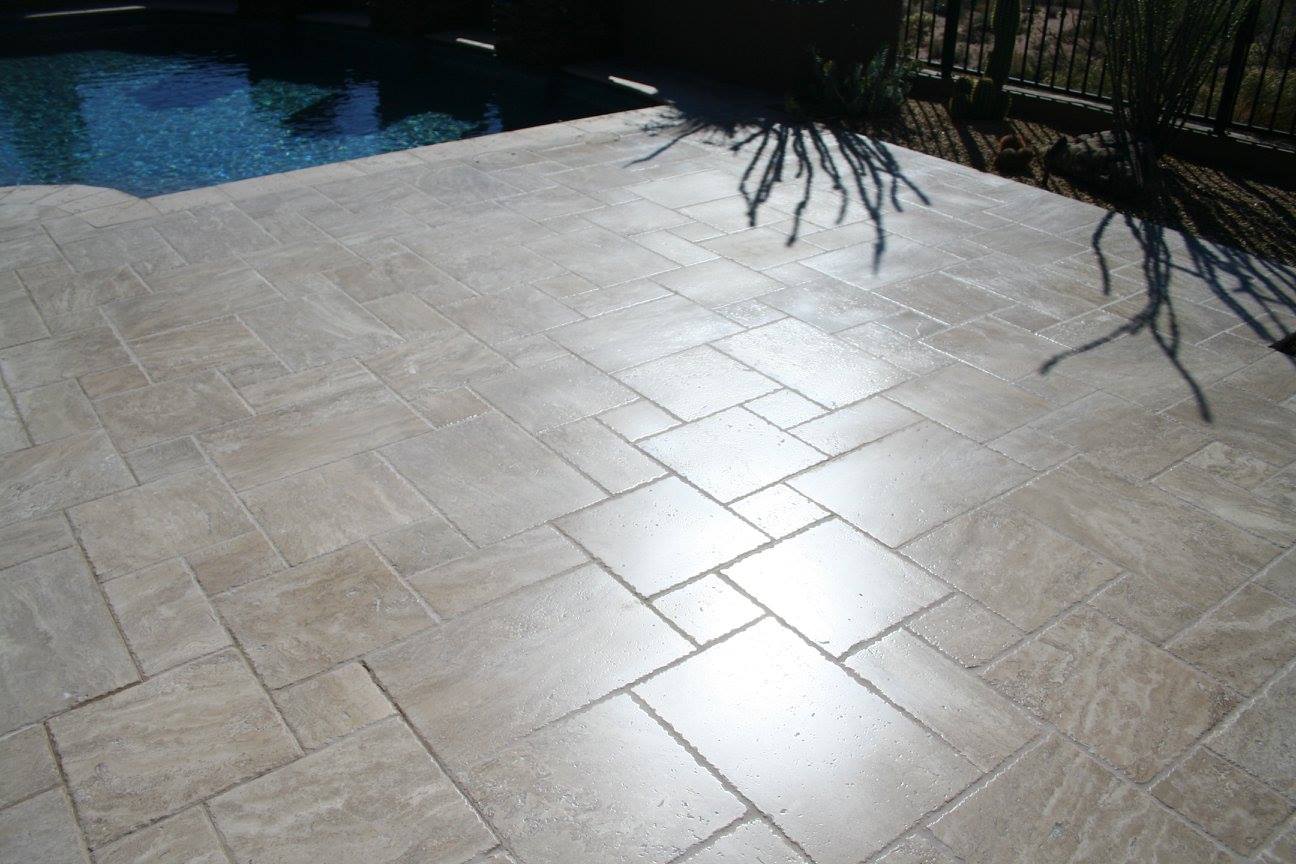The Ultimate Guide to Concrete Sealing and its Benefits
When it comes to protecting your home or property, concrete sealing is a must-do task. Not only can it keep the space looking beautiful and fresh, but it also protects your property against wear and tear from regular use—making it absolutely essential for those who are focused on maintaining longevity and optimal performance of their investment. Whether you’re a marketer needing to preserve a retail flooring investment or an individual seeking long-lasting beauty from outdoor patios, concrete sealing offers comprehensive protection that could save money in the long run. In this ultimate guide, we’ll discuss all aspects of concrete sealing – what’s involved in the process itself as well as its benefits – so you can ensure your surface remains safe against dirt buildup, water damage, oil spills & more.
What is Concrete Sealing and Why is it Important
Concrete is a highly durable and sturdy material used in construction projects. But even the most solid structures can fall victim to wear and tear. This is where concrete sealing comes into play. Concrete sealing is a process of applying a protective coating on the concrete surface to enhance its longevity and strength. Not only does it protect the concrete from weather and other external factors, but it also enhances its aesthetic appeal. Sealing concrete can help prevent cracking, flaking, and spalling, which can ultimately lead to costly repairs.
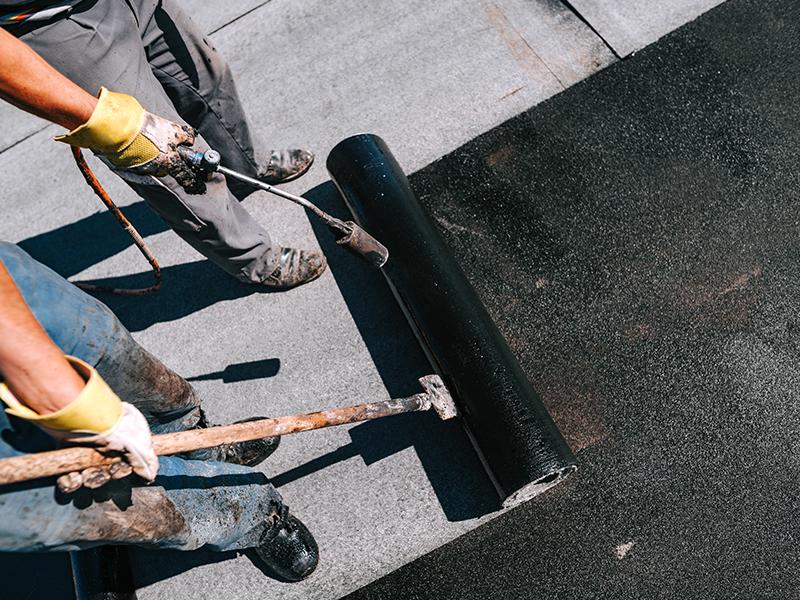
Types of Sealers Used
From concrete driveways to decks, there are a variety of surfaces that require a sealer to protect and enhance their appearance. There are many different types of sealers used for different surfaces and applications. For example, acrylic sealers are a great choice for concrete surfaces, as they create a durable and glossy finish that can withstand both UV rays and water damage. On the other hand, penetrating sealers are perfect for porous surfaces like natural stone, as they work by penetrating deep into the material to provide protection from within.
Steps to Apply Concrete Sealer
If you’re looking to protect your concrete surfaces from weather and other wear and tear, applying a concrete sealer is a smart choice. But where do you start? The good news is that the process is fairly straightforward. First, you’ll want to clean and prepare your surface for the sealer. Next, make sure you have the right kind of sealer for your project, whether it’s a penetrating or film-forming sealer. Once you have your sealer, you can apply it using a brush or roller. Be sure to follow the manufacturer’s instructions for the best results.
Proper Cleaning Before Sealing
A key step in sealing anything, whether it be a deck or a countertop, is proper cleaning beforehand. While it may seem like an unnecessary step, it’s essential to ensure that the sealant adheres properly and provides lasting protection. Whether you choose to use soap and water, a specialized cleaning solution, or a pressure washer, make sure to take the time to rid the surface of any dirt, stains, or debris. It may take a little extra effort, but your efforts will pay off in the long run, with a sealed surface that looks great and is protected for years to come.
Benefits of Using a Sealer
Using a sealer brings numerous benefits to your projects. Sealing your surfaces protects them from harsh elements, such as water, sunlight, and chemicals. This, in turn, makes them more durable and resistant to damage and wear over time. Sealing also enhances the appearance of your surfaces by adding a layer of shine and depth to your finishes. Additionally, it can prevent stains and discoloration from setting in, keeping your surfaces looking fresh and new for longer periods of time.
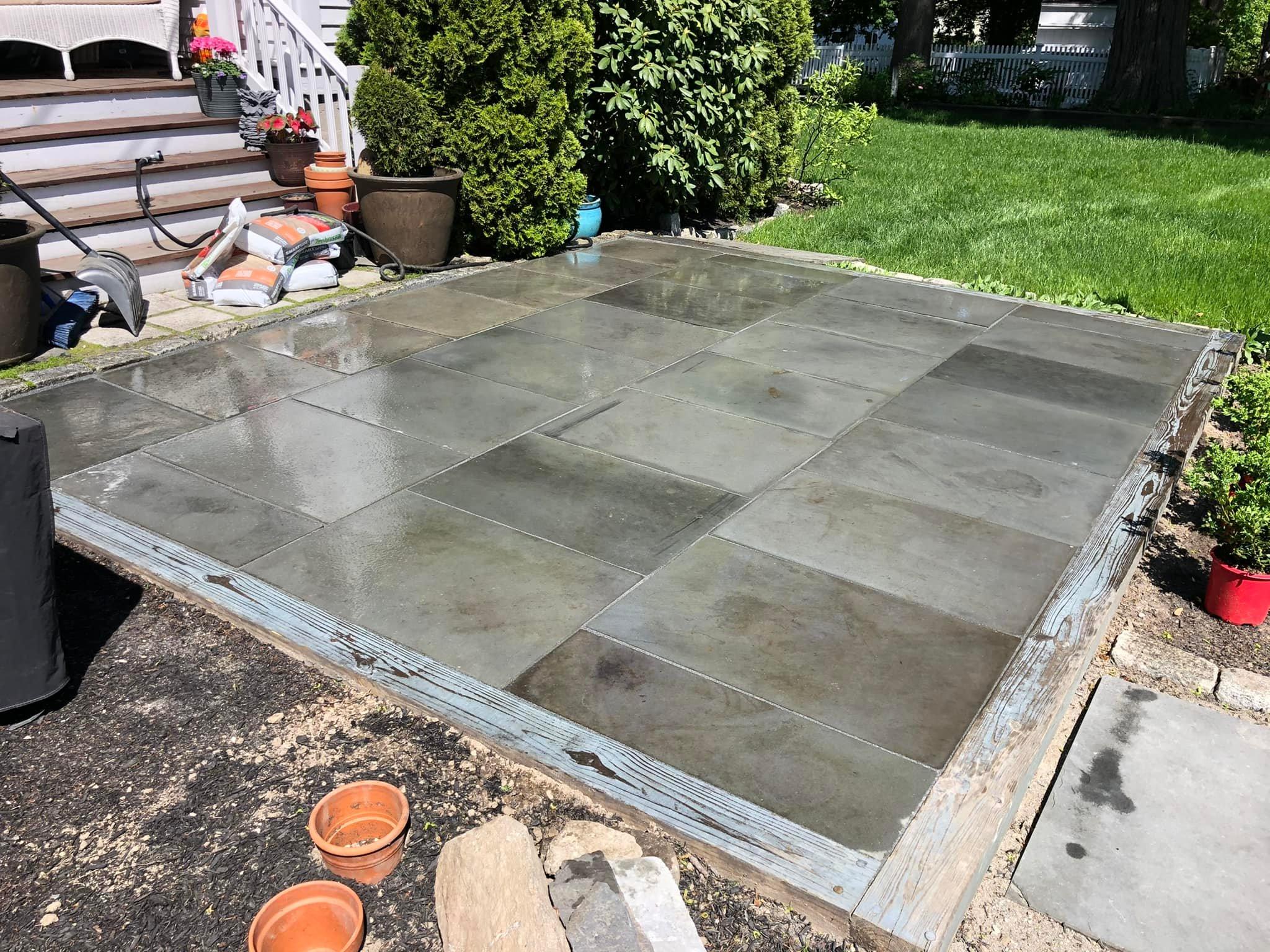
Common Questions About Sealing Concrete
Sealing your concrete is an important step in maintaining its appearance and durability for years to come. But if you’re new to sealing concrete, you may have some questions about the process. Common questions include: “When should I seal my concrete?” The answer depends on various factors such as weather and type of concrete, but typically it’s best to wait around 28 days after pouring before sealing. “What type of sealer should I use?” That also depends on the type of concrete and desired finish, but options include acrylic, epoxy, and penetrating sealers. “How often do I need to seal my concrete?” Again, it depends on various factors, but most sealers last around 3-5 years before needing to be reapplied.
Concrete sealing is a relatively simple and inexpensive way to give your concrete surfaces the protection they need to last for years. While it’s true that one type of sealer may work better than another depending on the situation, all the steps outlined in this post should help make sure that you get the most out of your concrete sealing project. With proper preparation and application, you’ll be able to enjoy a lasting result that can potentially protect against water damage, staining, and fading.
Stingray Sealing Services
https://www.google.com/maps?cid=9420210911153088529
13561 Luxe Ave Apt. 205, Bradenton, FL 34211
(941) 444-0573
https://stingraysealing.com/

